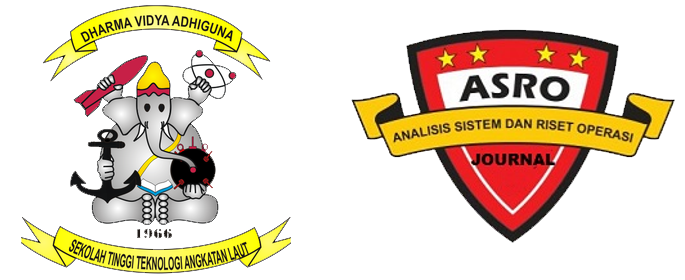ENHANCING BALLISTIC IMPACT RESISTANCE OF ARAMID FIBRE COMPOSITE (KEVLAR) WITH NANO TITANIUM DIOXIDE (TIO2 NP) ADDITIVE FOR ANTI-BULLET VEST APPLICATION
Keywords:
Composite, Aramid (kevlar), Bulletproof Vest, Ballistic Impact, Titanium Dioxide (TiO2 NP).Abstract
Composite is a combination material consisting of two or more different components, with the aim of obtaining better physical and mechanical properties. One of the advantages of composite materials is their lightweight and anti-corrosion properties. Composite applications include materials for making aircraft and materials for making bullet-proof vests. Generally, the bullet-proof vest used by the TNI is made of 15 mm thick steel and has a total weight of 10 kg. In this study, the author will examine the application of aramid fibre (kevlar) as a composite material for bulletproof vests and will analyze the use of composites made using the Vacuum Bagging method which is a refinement process of the hand layup method with variations of Nano Titanium Dioxide (TiO2 NP). To determine the characteristics of Nano Titanium Dioxide (TiO2 NP), the authors used a Scanning Electron Microscope (SEM) and Energy Dispersive Spectroscopy (EDS). Testing the results of the research, namely the shooting test using 9 mm calibre bullets at 5 m with a gun barrel to analyze the ballistic impact. The analytical parameter used is the National Institute of Justice (NIJ 0101.06) level II. In addition to the firing test, impact testing of the specimen will also be carried out using the Charpy method, the Brinell and Rockwell hardness test and the Bending Test. The test specimens were made using the Japanese Industrial Standards (JIS-Z-2202) size standard. From the implementation of some of these tests, the ballistic impact test obtained the results that the TiO2 NP variable of 0%, 5%, and 10% did not meet the requirements for bulletproof vests because there was a penetration that exceeded the standard and bullet penetration, for specimens with a composition of 15% it had the best impact strength and bullet impenetrable. For the impact test results of the Charpy method, the highest impact value on the A15 specimen is 35 J/cm2, and then in the Rockwell hardness test with 4 points of emphasis, the highest average value on the A15 specimen is 35.70. For the Brinnel test, the highest HB value in the A15 specimen was 13.26. For the bending test, the highest strength on the A15 is 71.90 N/mm2. So, the A15 specimen meets the requirements to be used as an alternative material for bulletproof vests.
Keywords: Composite, Aramid (kevlar), Bulletproof Vest, Ballistic Impact, Titanium Dioxide (TiO2 NP).



